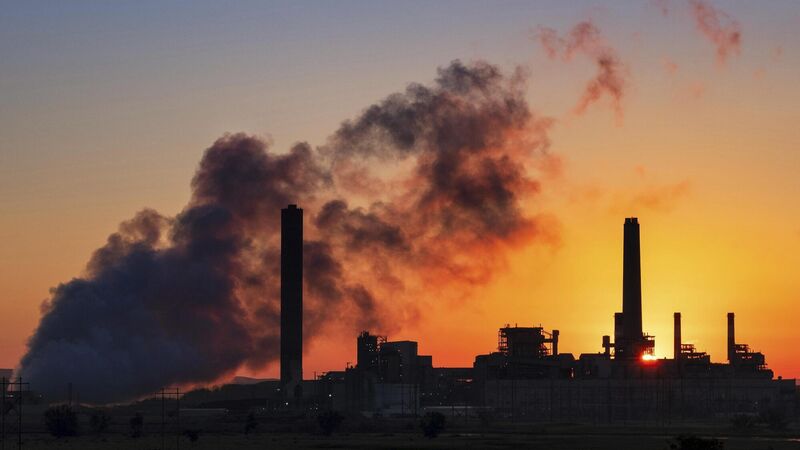Ireland's greenhouse gas emissions rise as GDP soars

Just four EU countries were estimated to have decreased emissions while growing their GDP.
Greenhouse gas emissions across the European Union (EU) were estimated at 900m tonnes of CO2 equivalents in the first three months of this year, marking a 3.4% increase compared with the same period in 2024.
New figures released by Eurostat on Thursday show that Ireland failed to curb its greenhouse gas emissions between January and March, with just seven countries out of 20 recording decreases.
Compared to the same period in 2024, Ireland saw its emission of greenhouse gases rise by around 3.5%, while its GDP rose by around 19%, the highest increase of any EU country.
Meanwhile, six countries were estimated to have increased their emissions by more than 5%. The largest reductions in greenhouse gases were estimated for Malta, which fell by 6.2%, Finland, which saw a 4.4% reduction and Denmark, where emissions fell by 4.3%.
Out of the seven EU countries that registered decreases in greenhouse gas emissions, three also recorded a decline in their GDP. These countries were Estonia, Latvia and Luxembourg.
The remaining four countries, Denmark, Finland, Malta and Sweden, were estimated to have decreased emissions while growing their GDP.
In the first three months of 2025, the economic sectors contributing the most to the total greenhouse gas emissions were households at over 25%. This was followed by electricity and gas supply at around 19%, and manufacturing at 18.6%.
Compared with the same three months in 2024, emissions decreased in three out of nine economic sectors.
The economic sectors responsible for the most reductions in the year were manufacturing (-0.2%), transportation and storage (-2.9%) and agriculture, forestry and fishing (-1.4%).
Meanwhile, the two economic sectors responsible for the largest year-on-year increases were electricity, gas, steam and air conditioning supply, up by 13.6%, and households, which rose by 5.6%.










